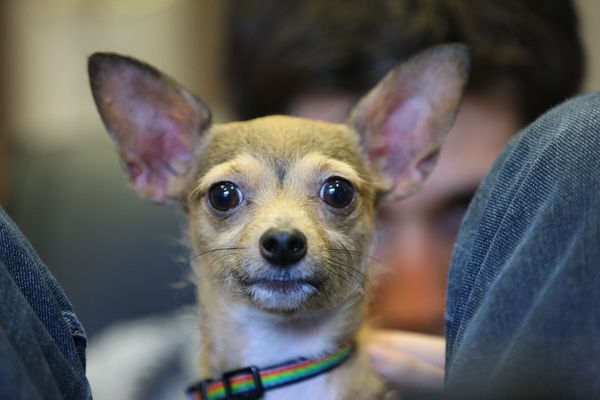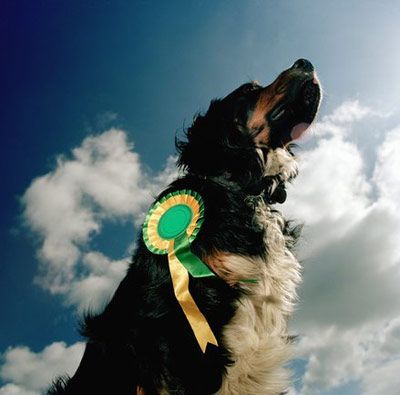The picture in your mind of what a "mangy mutt" looks like is probably pretty accurate as to what a dog with mange does in fact look like. Mange describes a dog's coat that is ratty, patchy and scaly. Mange, whose formal names are either demodicosis or demodectic mange, is caused by an explosion of mange mites living in your dog's coat. These mites, called Demodex canis in Latin, naturally exist on your dog, but in a limited amount. For different reasons, including genetics, your dog's Demodex mite population can suddenly become an infestation. Breeds that are particularly susceptible to mange include Dalmatians, American pit bull terriers, bulldogs, Great Danes, American Staffordshire terriers, boxers, Chihuahuas, Chinese Shar-Pei, German shepherds, Afghan hounds, Boston terriers, Old English sheepdogs, collies, pugs and Dobermans.
Most cases of mange occur in localized, specific areas -- not over your dog's entire coat. Often enough, localized cases of mange will cure themselves. Generalized demodicosis, which means your dog has mange over its entire coat, is much rarer. If your dog does suffer from generalized mange, you'll have to have him treated by a vet. To kill all the mange mites, your dog will get dipped once or twice a week, for six to eight weeks. Your pup will also have to get shaved for the dipping treatment to be most effective.
Advertisement
Another type of mange mite, besides demodicosis, is Sarcoptes scabei. This mite is the cause of scarpotic mange, more popularly known as scabies. Scabies is an especially nasty type of mange because this type of mite settles under your dog's skin and lays its eggs there. So you can kill the live mites, but their eggs will hatch, restarting the infestation. This is why scabies is so contagious, even from dog to human.



